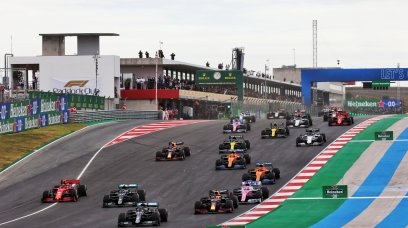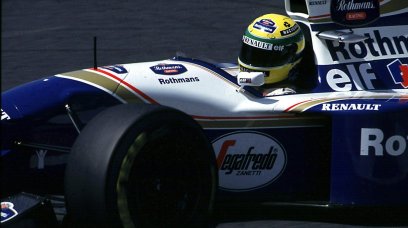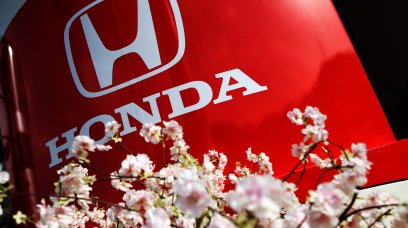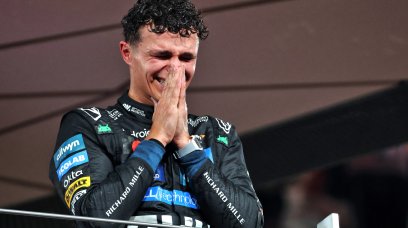Max Verstappen started off the 2023 Formula 1 season in much the same way as he finished 2022 in the season-opening Bahrain Grand Prix. A healthy pole position was converted into a crushing victory, the outcome of which was in no great doubt once he escaped the ever-present danger of Turn 1 at the start. Indeed, by Lap 5 of 57, he was about five seconds ahead of Charles Leclerc and guided the RB19 around for the rest of the day. Even better for Red Bull is the fact that the fight for second place looks to be tight between Ferrari, Mercedes and newcomers Aston Martin. The more these three teams fight among themselves, the less pressure it puts on the reigning champions. Such was their domination in Sakhir, George Russell claimed that Red Bull would win every race in 2023 – a remarkable prediction after one of 23 Grands Prix. But the dominance also raised another question about Red Bull and the RB19. 'Aren't they supposed to be hamstrung this season by a loss of wind tunnel and CFD development time as penalty for exceeding the 2021 cost cap?' RacingNews365.com takes a look at why Red Bull won't feel the impact of the reduction just yet.
How the penalty works
Red Bull were handed a $7 million fine and a 10% reduction in their wind tunnel and CFD allocation. On the new sliding scale of development time, as 2022 champions, the Milton Keynes squad would expect to have 70% of the aero testing time. A 10% deduction in this brings the total down to 63%, with Ferrari set for 75% and Mercedes 80%. By comparison, Williams will receive 115% of development time as they finished last. The idea is to allow teams with a poor result in a particular season more development time to potentially close the gap to the front-runners who get less. So, with a massive 12% difference in what Red Bull have available over Ferrari, why did Verstappen and Sergio Perez crush the Scuderia in Bahrain?
Why Red Bull are not impacted – yet
The RB19 of 2023 would have been conceived, developed and the launch spec born in the later half of 2022, when no cost cap penalty was in place. Given that Verstappen pretty much had the 2022 title sown up after the Belgian Grand Prix, Red Bull were able to turn off the RB18 development taps and begin to focus on the car for this year. In short, the RB19 we see on track at the moment – and perhaps its first upgrade package – were designed by Red Bull before the cost cap penalty came into force. That being said, later in the year is when the deduction in testing is expected to bite. If 2023 turns into a championship fight, Red Bull will be hamstrung in the second half of the year by their penalty, with Ferrari appearing the most likely contenders to stop it from being a Verstappen victory global tour. And if, as Russell fears, Christian Horner's team can win every race, then it will be the RB20 of 2024 that feels the main brunt of the penalty, if focus is switched away from the RB19 in the summer months should it appear obvious where the titles are going. The idea that Red Bull would be hampered straight away in 2023 by the penalty was wrong, with the true impact playing out over time.
Most read






